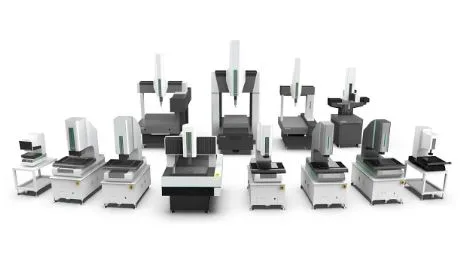Simple Trading Strategies: Building Confidence in Modern Markets in 2025
Introduction
Trading often feels complex, especially with today’s technology offering endless data and tools. Yet some of the most effective methods are also the simplest. Instead of chasing complicated formulas, many professionals still rely on Simple Trading Strategies to keep decisions clear and consistent.
These methods don’t guarantee profits overnight, but they create the discipline and structure traders need to grow steadily. A classic example is the moving average trading strategy, which continues to be widely used in modern markets because of its reliability.
The Power of Keeping Strategies Simple
It’s easy for new traders to get caught up in complex systems, but more isn’t always better. Simple approaches:
- Reduce confusion by giving clear entry and exit signals.
- Limit impulsive trades that come from overthinking.
- Provide stability across different markets and timeframes.
By removing unnecessary layers, traders focus on execution and risk management instead of second-guessing every move.
Mistakes That Simplicity Can Help Avoid
When trading feels overwhelming, mistakes often follow. Here are some examples of common errors and how simple strategies can reduce them:
| Mistake | What Happens | How Simplicity Helps |
| Chasing trends | Late entries, quick reversals | Rule-based strategies provide structure |
| Over-leveraging | Big losses from small moves | Clear position-sizing rules control risk |
| Constantly changing strategies | No consistency, missed opportunities | Simple plans build routine and discipline |
| Trading emotionally | Decisions based on fear/greed | Simple signals reduce emotional bias |
The takeaway is clear: simple, repeatable methods help traders stay calm and consistent.
How a Moving Average Trading Strategy Works in Practice
The moving average trading strategy is one of the most popular examples of simplicity in action. By smoothing price movements, moving averages highlight the underlying trend and reduce market “noise.”
Traders apply it to:
- Spot long-term uptrends or downtrends.
- Confirm breakouts before entering.
- Identify possible reversal zones.
- Build crossover systems that define entry and exit automatically.
This clarity is why moving averages remain part of nearly every trader’s toolbox, from beginners to professionals.
Why Practice Still Matters
Even the simplest idea shouldn’t be rushed into live markets. Testing strategies first in a demo environment or with validation tools ensures traders:
- Understand how rules perform in different conditions.
- Gain confidence through practice before risking money.
- Avoid unnecessary losses from untested ideas.
This step builds the discipline that turns strategies into habits.
Learning from Shared Knowledge
Trading doesn’t have to be done alone. Communities, forums, and educational blogs give traders the chance to learn from others. Seeing how different traders apply Simple Trading Strategies provides insights and helps refine personal methods.
When combined with practice and validation, this shared learning speeds up progress while reducing costly mistakes.
For beginners, starting with Simple Trading Strategies in a desktop trading software can build confidence and reduce common mistakes.
Adapting to Market Changes
Markets evolve, and simple strategies evolve with them.
- Moving averages can be adjusted for faster or slower signals.
- Basic rules can be paired with indicators like RSI or volume.
- Risk controls can be fine-tuned as volatility shifts.
This adaptability is what keeps simple methods relevant even in fast-changing markets.
Conclusion
Simplicity does not mean weakness — in fact, it often means strength. By applying Simple Trading Strategies like the moving average, traders focus on discipline, clarity, and consistent growth.
The most successful traders are not those who use the most complicated systems, but those who manage risk and stick to proven, repeatable methods. In trading, simple approaches remain some of the most powerful.
FAQs
Q1: Why do traders still rely on simple strategies in 2025?
Because they reduce confusion and keep decisions structured, even in fast markets.
Q2: How does a moving average trading strategy reduce risk?
It smooths price data, highlights trends, and provides mechanical buy/sell signals that prevent emotional trading.
Q3: Can simple strategies be adapted for crypto and forex?
Yes. Moving averages, support/resistance rules, and other simple methods can be applied across multiple asset classes.
Q4: Are simple strategies enough for professional traders?
Many professionals use simple methods as their base, then combine them with advanced tools for refinement.
Q5: What’s the best way to start with simple strategies?
Use a demo account or simulator, practice rules like moving averages, and gradually test them in live markets.
Media Contact
Company: Asko SA
Contact Person: Martina Castro
Website: https://twm.one/
Telephone: +41 76 476 5208







